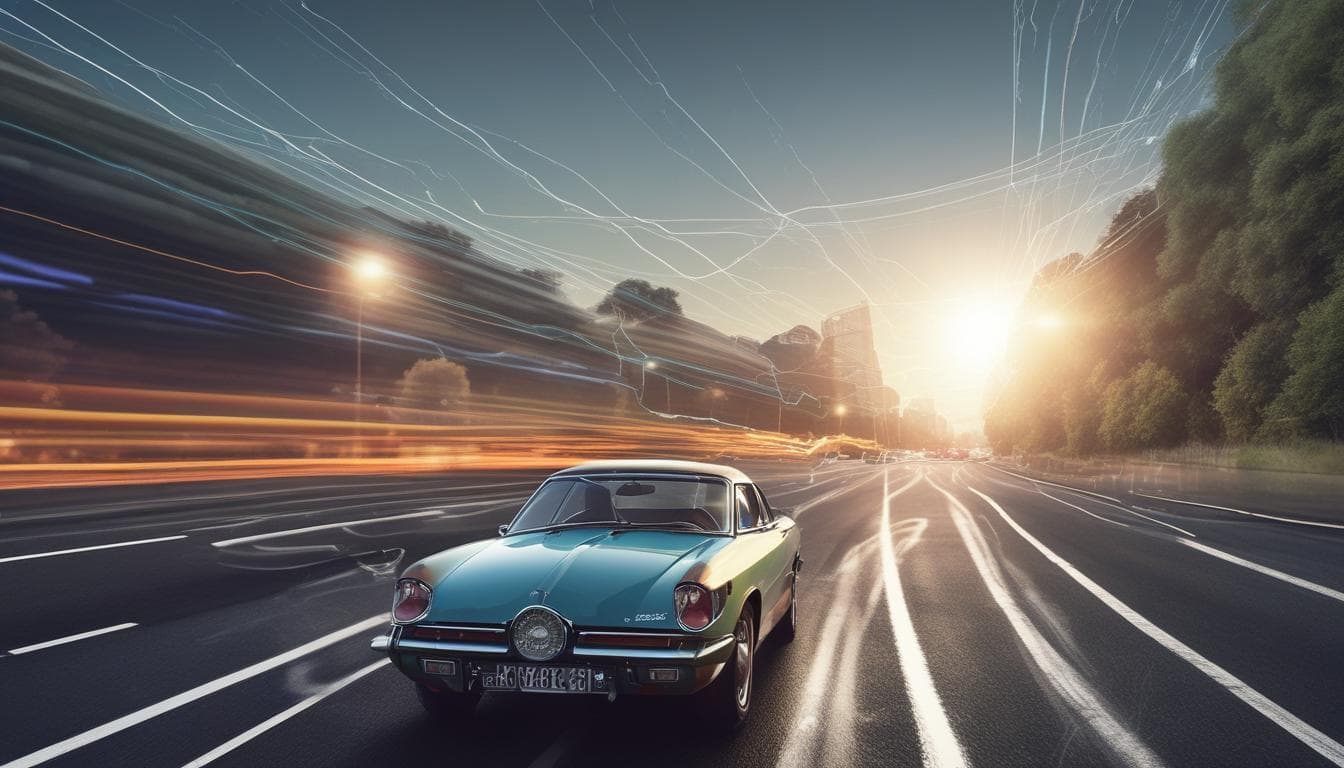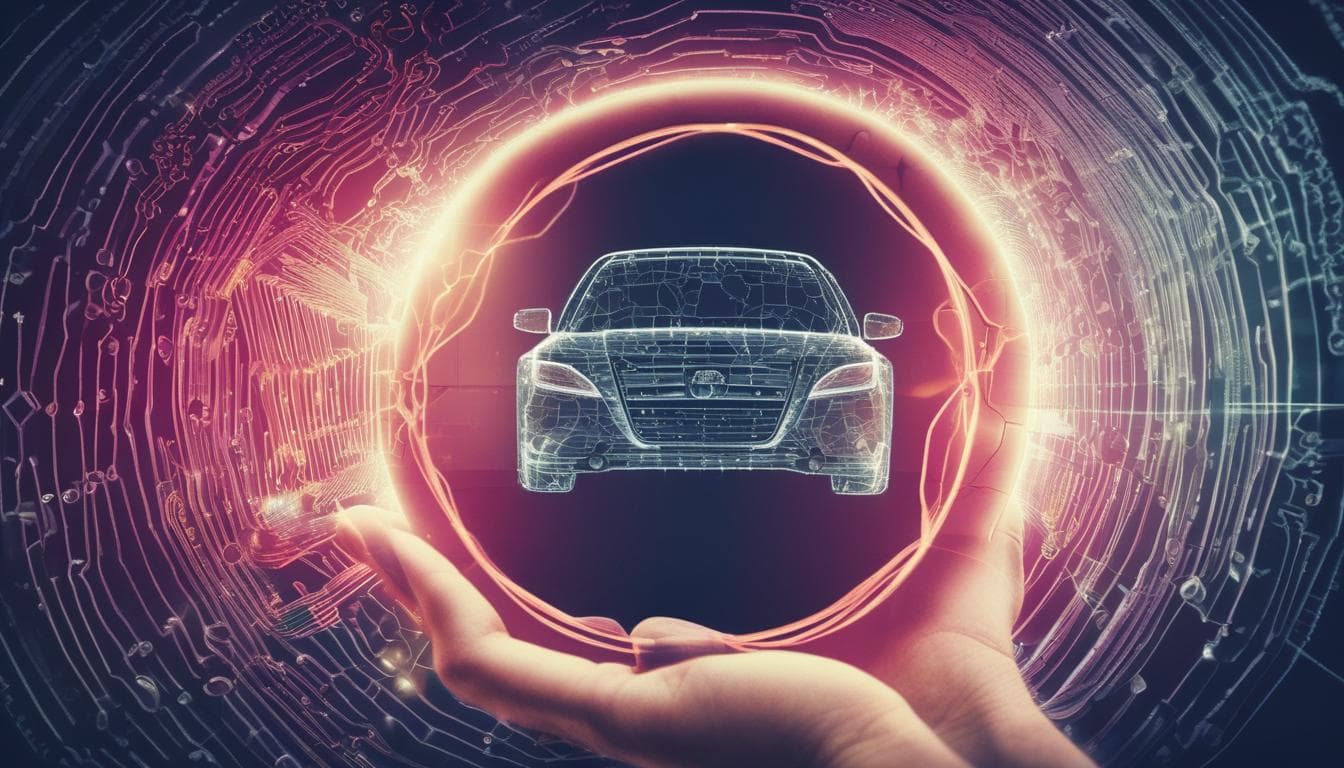In an era where AI and connectivity promise to inundate us with information and entertainment, could the ultimate automotive luxury pivot towards 'digital minimalism' and curated sensory control? Imagine future vehicles designed to offer profound 'sensory sanctuaries' – spaces where occupants can actively choose to filter out external noise, light, and even digital distractions, or immerse themselves in precisely calibrated environments for focus, meditation, or rejuvenation. How would such a shift redefine our perception of premium driving experiences and our relationship with personal mobility?
This is a fascinating and, I believe, highly prescient take on the future of automotive luxury. While the current arms race is about bigger screens and more connectivity, there's a growing counter-movement focused on well-being and digital detox. Applying this to the automotive space makes perfect sense. The car could evolve from a simple mode of transport into a personal retreat.
The Anatomy of a Sensory Sanctuary
I imagine this going far beyond just good sound insulation. We're talking about a multi-layered approach to creating a controlled environment:
- Acoustic Control: Active noise cancellation that not only blocks engine and road noise but can intelligently filter or even completely silence the chaos of the city outside. Imagine being able to mute a blaring siren as it passes.
- Visual Serenity: Dynamic window tinting that adjusts to sunlight, or even goes fully opaque for privacy or a nap. Interior lighting would be fully adaptive, perhaps using circadian rhythm principles to energize you in the morning and calm you in the evening.
- Air Purity & Scent Scapes: Hospital-grade air filtration systems would be standard. But why stop there? The car could introduce subtle, curated scents—like pine for focus or lavender for relaxation—based on your destination or biometric feedback.
- Haptic Calm: Seats that do more than massage. They could use subtle vibrations and temperature changes to reduce stress or combat fatigue on long drives.
The Technology Behind the Tranquility
This isn't science fiction; the building blocks are already here. The true innovation will be in the seamless integration, driven by AI. The car would need to understand its occupants on a deep level. This is where we'll see a huge leap in the future of hyper-personalized in-car experiences, using data to craft a truly bespoke journey.
For instance, through sophisticated advancements in in-cabin sensing technology, the vehicle could detect rising stress levels via heart rate variability or facial expression analysis. In response, it could automatically initiate a 'calm mode'—softening the lights, adjusting the temperature, and playing calming audio.
This redefines the car's role entirely, moving beyond simple transportation and transforming the vehicle into a guardian of our well-being.
Ultimately, I think you're right. The ultimate luxury won't be about shouting your status with flashy tech. It will be the quiet, understated ability to control your personal environment and reclaim your mental space in an increasingly noisy world. The most premium feature of all might just be a button labeled 'Sanctuary'.
Explore More on This Topic
Join the Conversation
- The Future of Car Personalization: How AI Will Transform the Driving Experience
Explore the potential of AI in creating deeply personalized automotive experiences. Discuss the benefits and drawbacks of AI anticipating moods, suggesting destinations, and adapting driving styles to match emotional states.
- Future of Automotive: Standard Vehicle Features in the Next Decade
Explore the potential advancements in automotive technology and predict the standard features in vehicles within the next 10 years. Discuss their impact on driving and the industry.
- The Future of In-Car Productivity: AI, Mobile Offices, and Beyond
Explore the transformative impact of AI on in-car productivity. Will cars become mobile offices, entertainment centers, or something entirely new? Discuss the innovations and challenges in creating productive and enjoyable in-car experiences.





